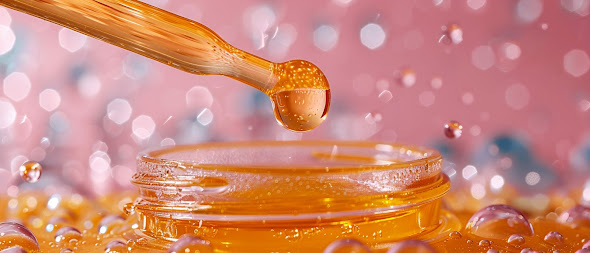What Vitamin Deficiency Shows In Your Nails?
Your nails can tell you a lot about your overall health. If you notice changes in their color, texture, or strength, it could be a sign of a vitamin deficiency. In this blog post, we’ll explore how certain deficiencies affect your nails and what you can do to keep them healthy.
Common Signs of Vitamin Deficiency in Nails
-
Brittle or Weak Nails
- Possible Deficiency: Biotin (Vitamin B7)
- What It Looks Like: Nails that break easily or peel could mean your body lacks biotin, which is essential for healthy nail growth.
- How to Fix It: Eat biotin-rich foods like eggs, almonds, sweet potatoes, and spinach, or consider a biotin supplement if needed.
-
Ridges on Nails
- Possible Deficiency: Iron or B Vitamins
- What It Looks Like: Vertical or horizontal ridges may appear on your nails if your body lacks these essential nutrients.
- How to Fix It: Include iron-rich foods like red meat, leafy greens, and beans in your diet. For B vitamins, eat whole grains, dairy products, and fortified cereals.
-
Pale or Spoon-Shaped Nails
- Possible Deficiency: Iron (Anemia)
- What It Looks Like: Nails that are pale or shaped like a spoon (curving upward) could indicate low iron levels.
- How to Fix It: Focus on iron-rich foods and pair them with vitamin C to help your body absorb iron more effectively.
-
White Spots on Nails
- Possible Deficiency: Zinc
- What It Looks Like: Small white spots on your nails might mean you’re not getting enough zinc.
- How to Fix It: Eat foods like pumpkin seeds, lentils, chickpeas, and nuts to increase your zinc intake.
-
Slow Nail Growth
- Possible Deficiency: Protein or Vitamin D
- What It Looks Like: Nails that take longer than usual to grow could be linked to a lack of protein or vitamin D.
- How to Fix It: Add protein-rich foods like chicken, fish, and tofu to your meals. For vitamin D, get sunlight exposure or eat fatty fish, eggs, and fortified dairy products.
-
Yellowish Nails
- Possible Deficiency: Vitamin E
- What It Looks Like: Yellow, discolored nails might suggest you need more antioxidants like vitamin E.
- How to Fix It: Snack on sunflower seeds, almonds, and avocados to boost your vitamin E levels.
When to See a Doctor
While these signs may point to a vitamin deficiency, they can also be symptoms of other health issues. If your nail problems persist despite improving your diet, it’s a good idea to consult a healthcare professional. They can run tests to determine the root cause and suggest the right treatment.
Tips for Healthy Nails
- Eat a Balanced Diet: Include a variety of fruits, vegetables, proteins, and whole grains to meet your vitamin and mineral needs.
- Stay Hydrated: Drinking enough water helps keep your nails and cuticles hydrated.
- Protect Your Nails: Wear gloves when doing chores and avoid biting or picking at your nails.
- Take Supplements If Needed: If you’re unable to meet your nutritional needs through food, talk to a doctor about taking supplements.
Your nails are more than just a cosmetic feature; they can be a window into your health. Paying attention to changes in your nails and addressing any vitamin deficiencies can lead to stronger, healthier nails and better overall well-being. Start by eating a nutrient-rich diet and take care of your nails daily!




Comments
Post a Comment